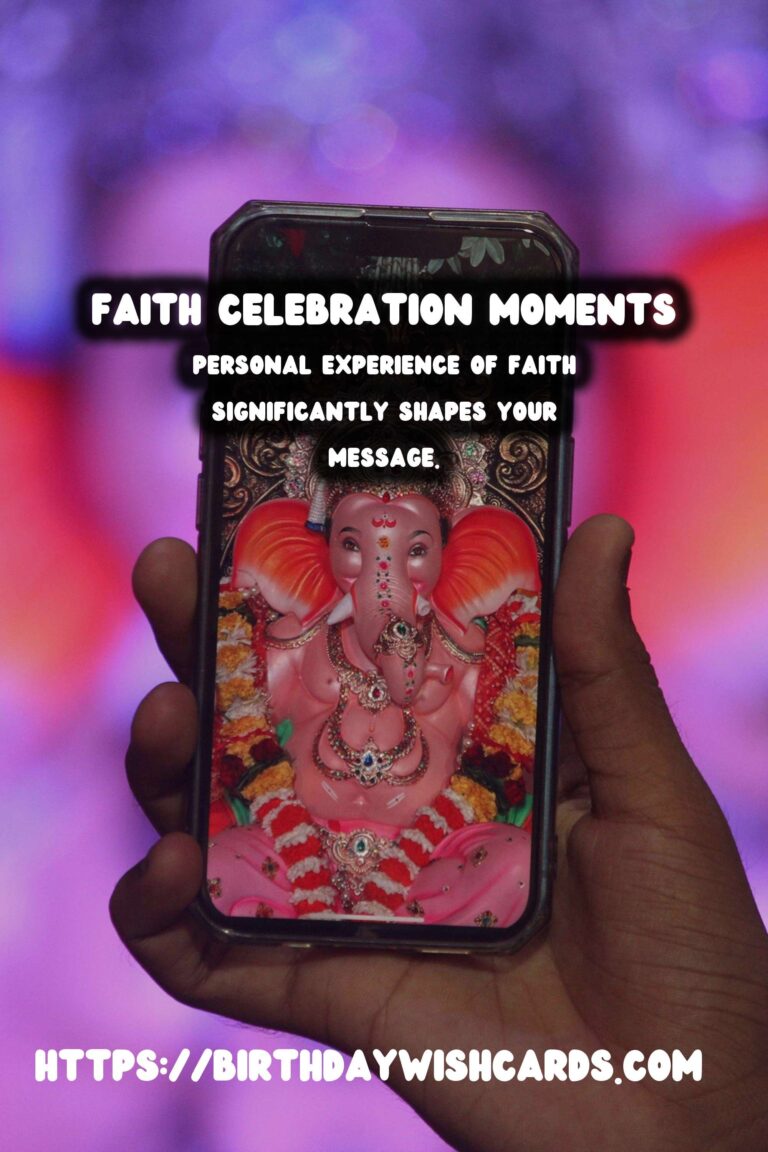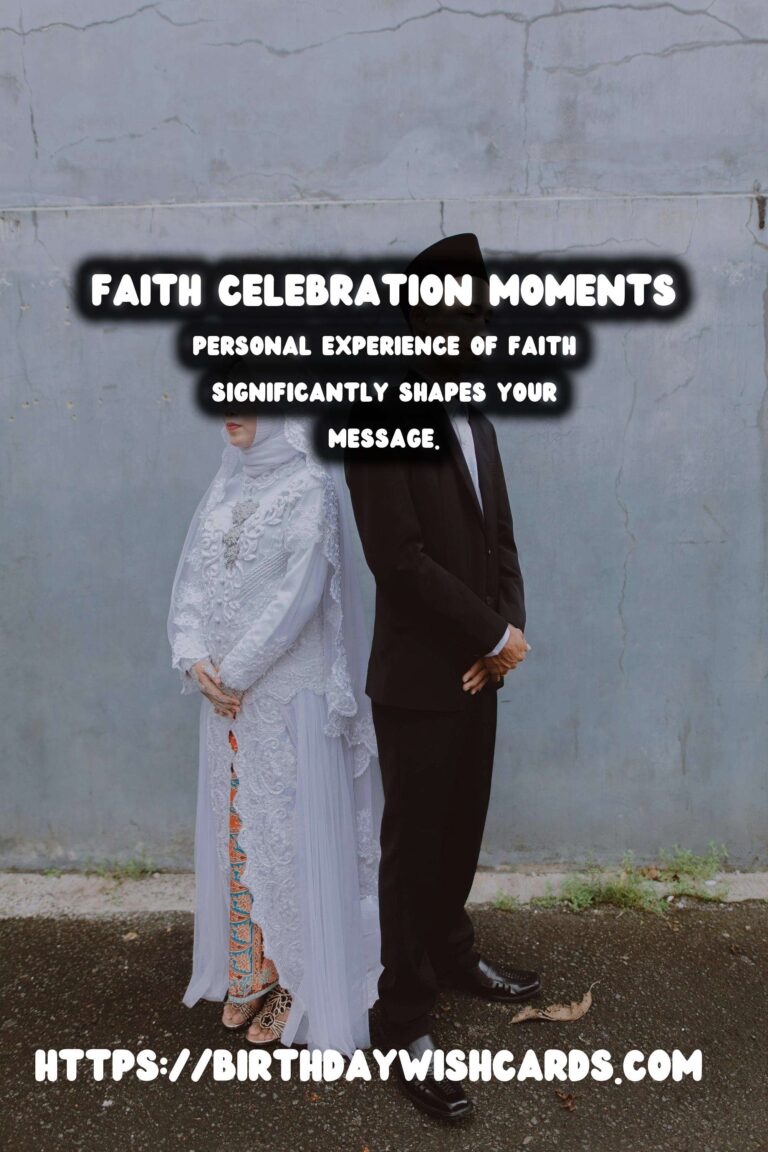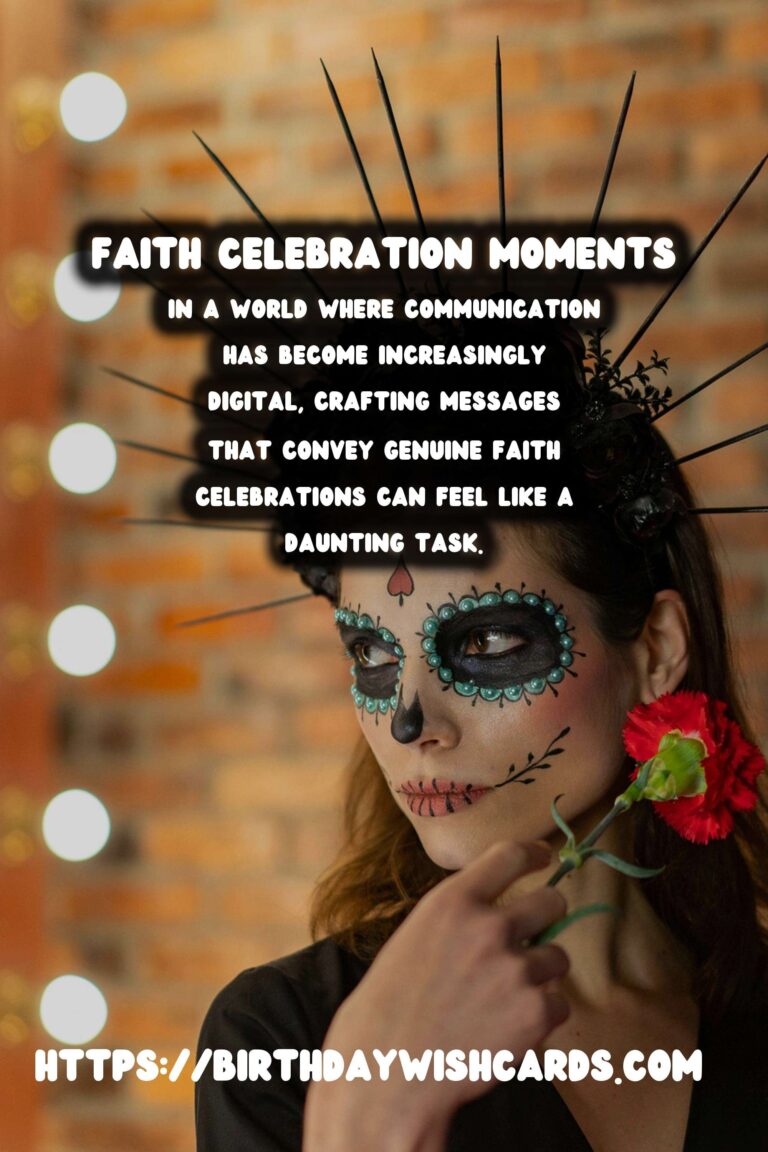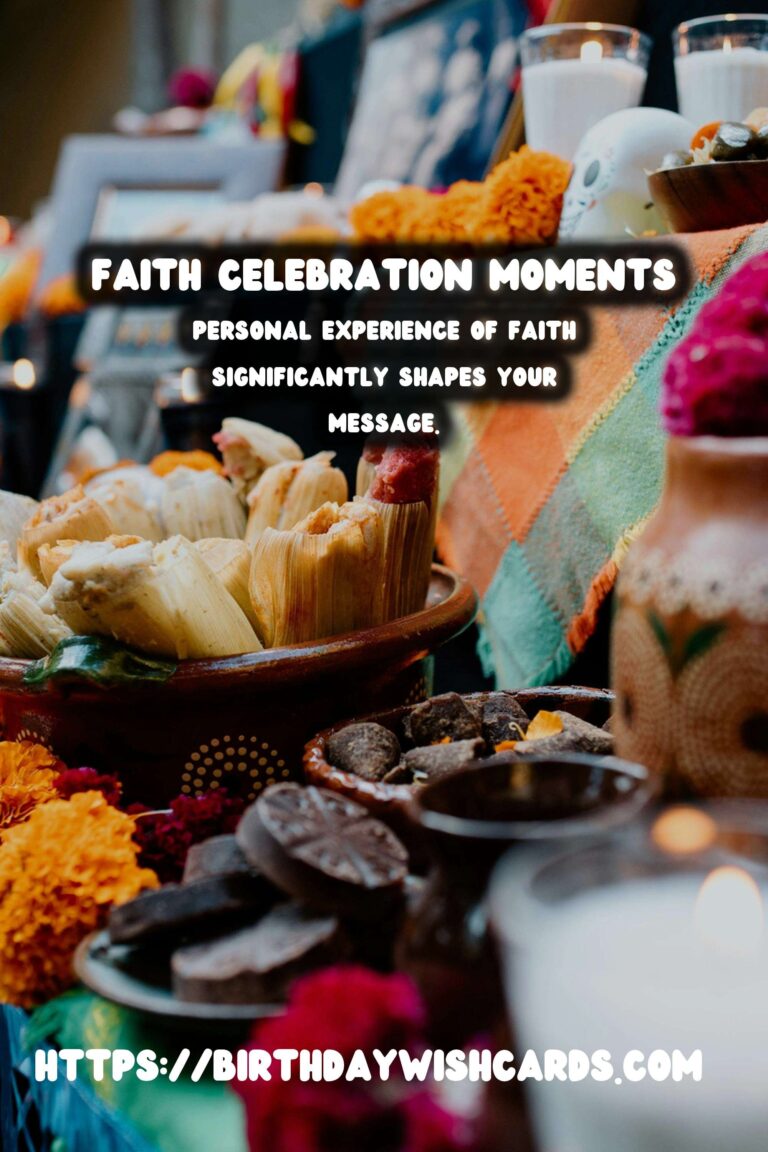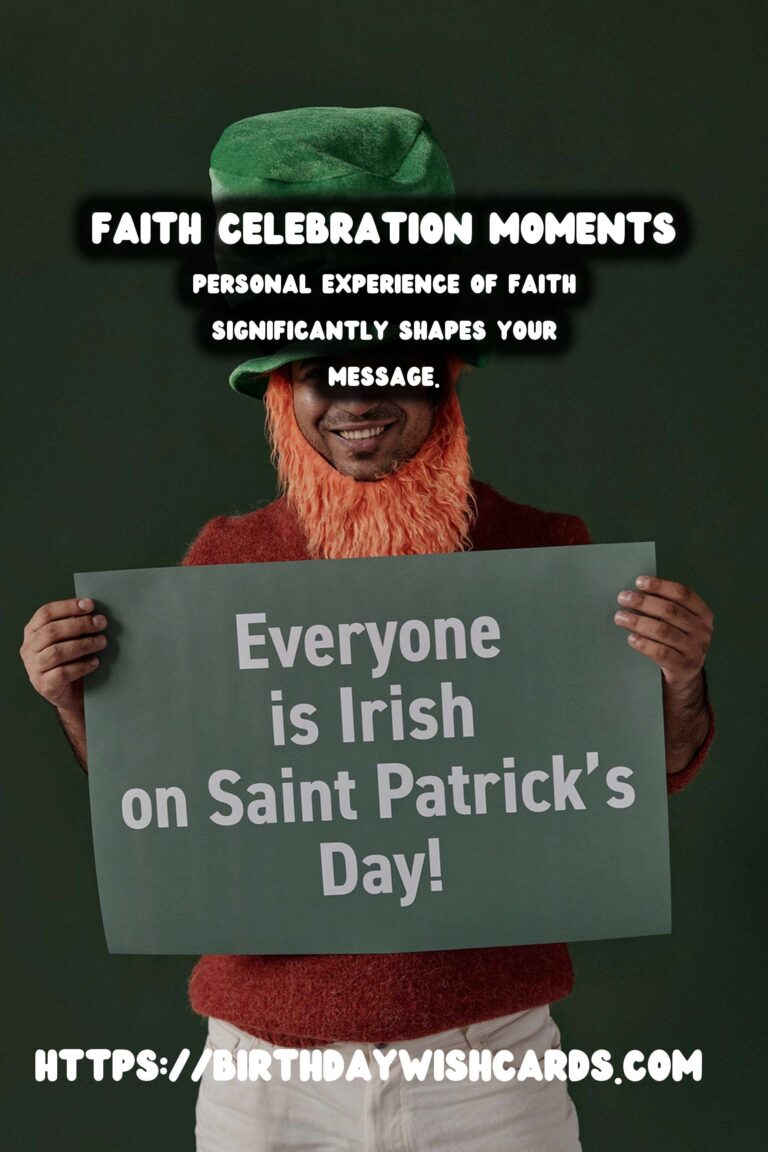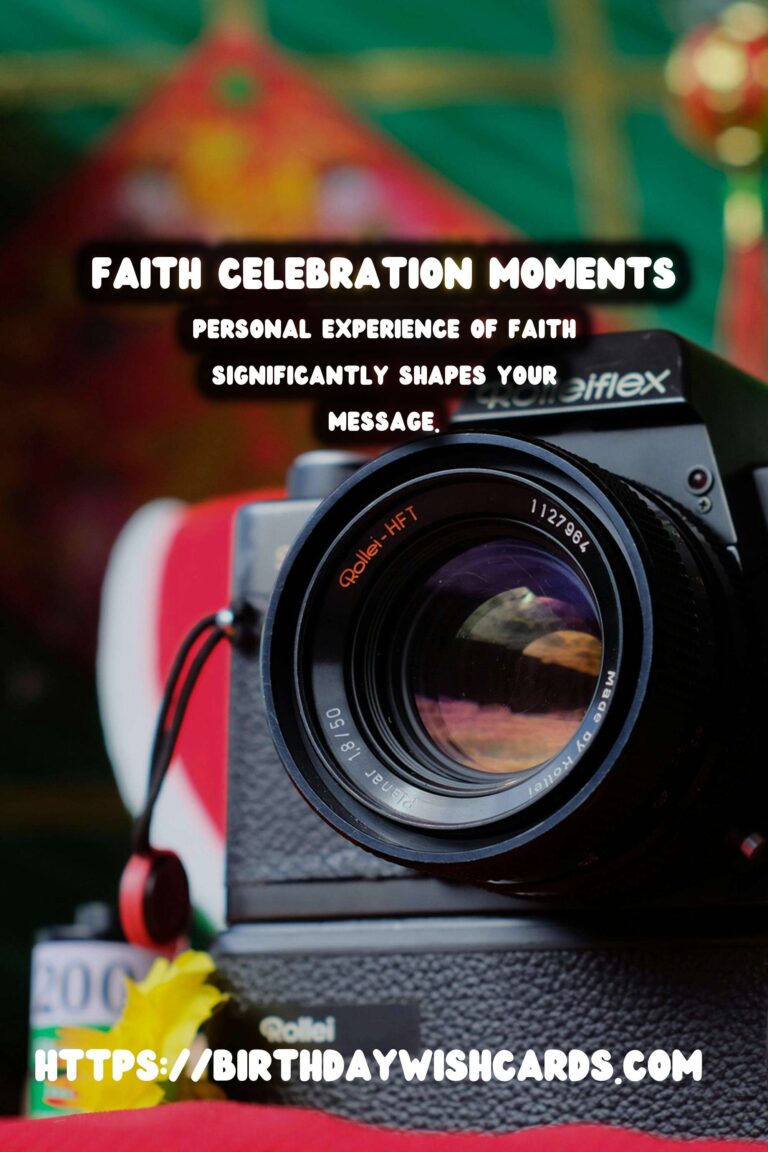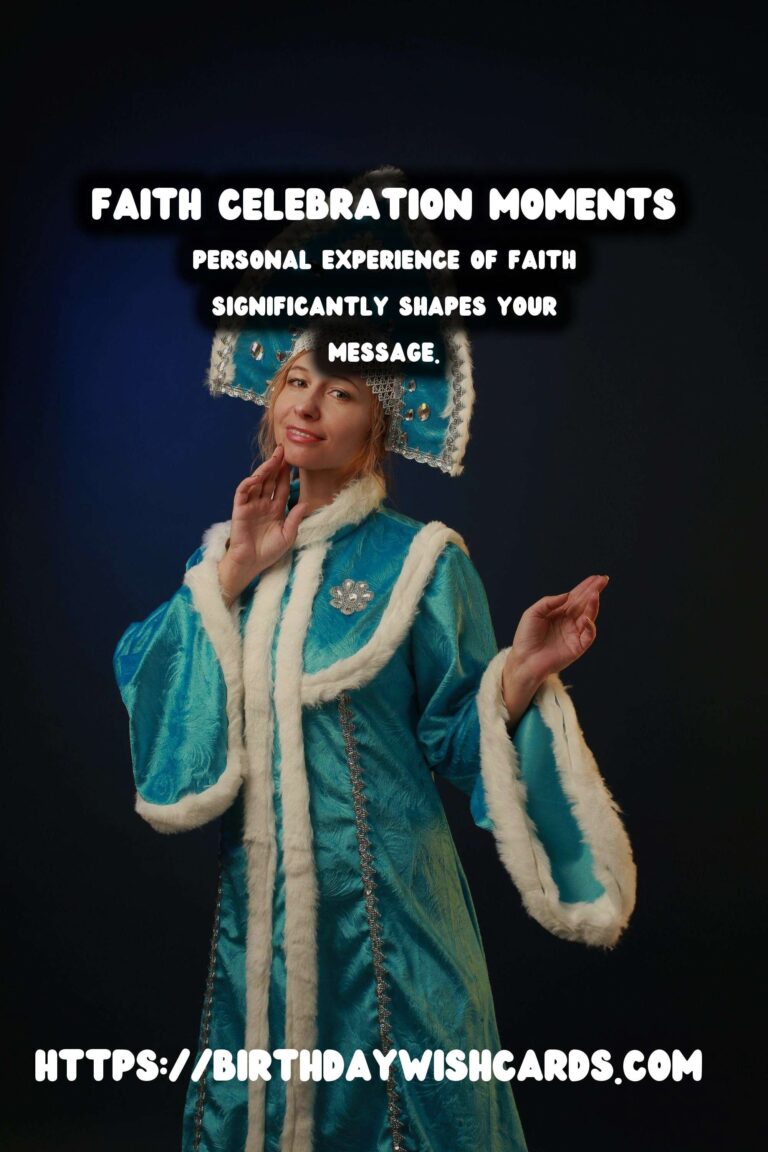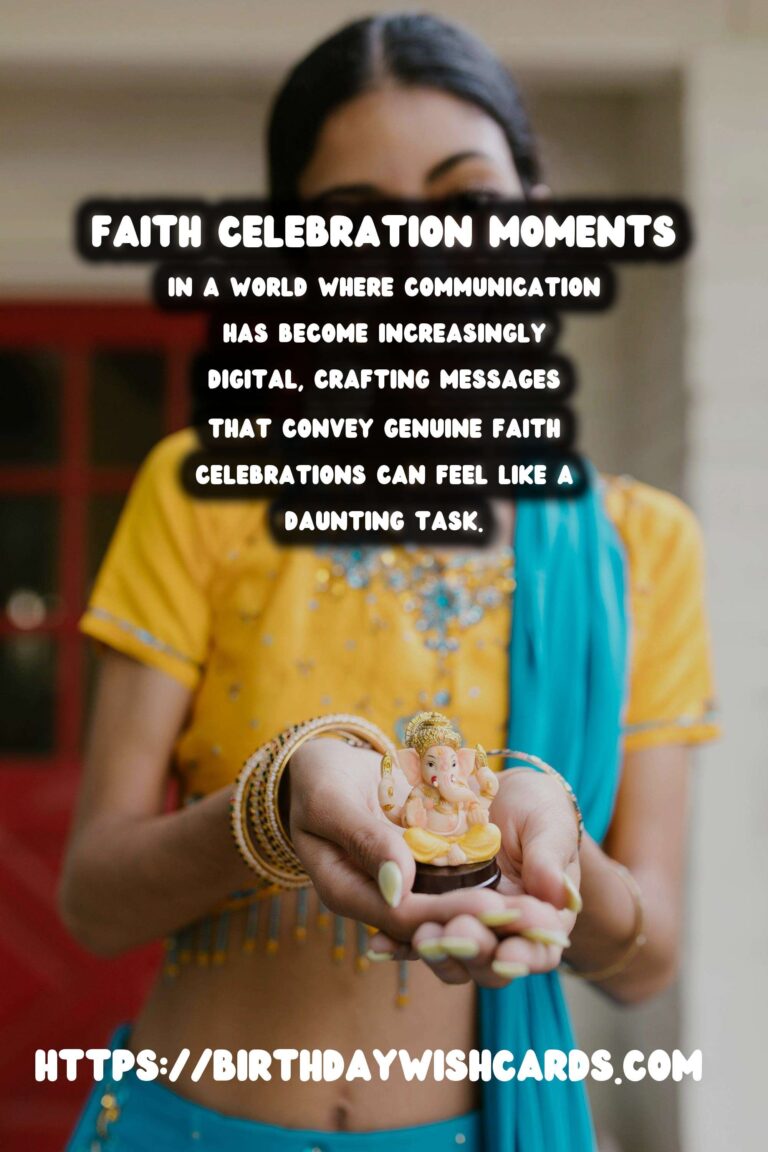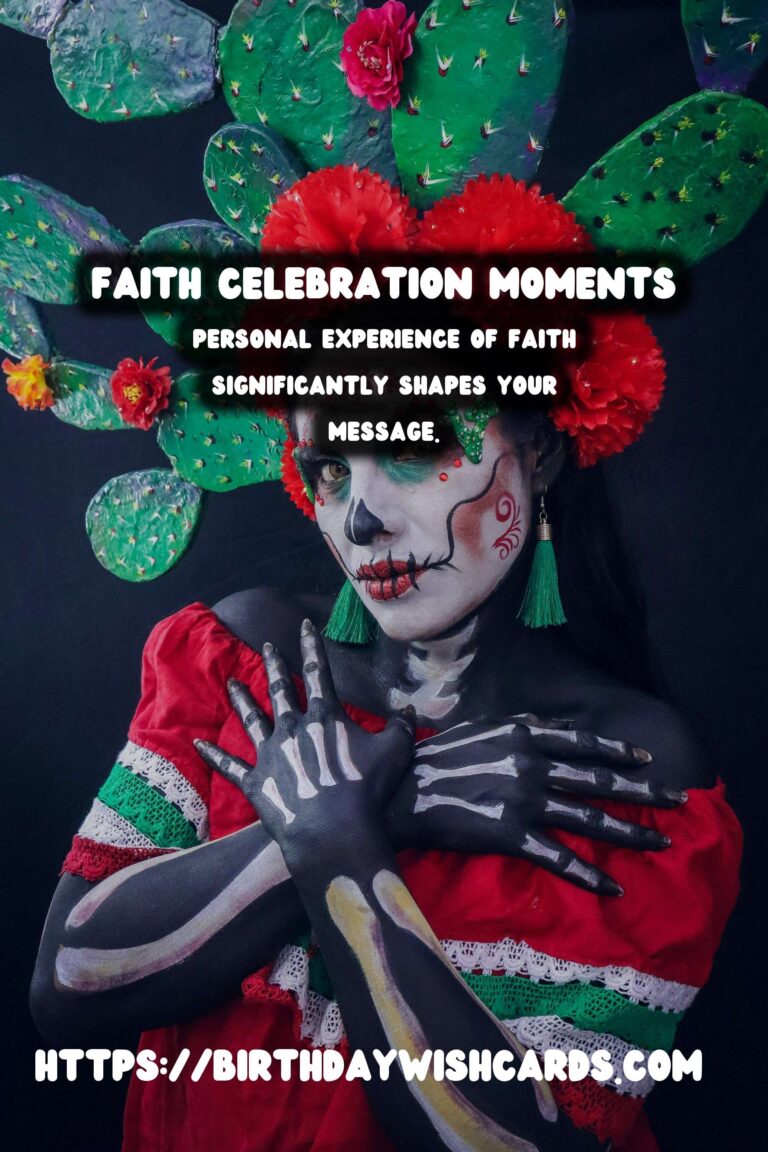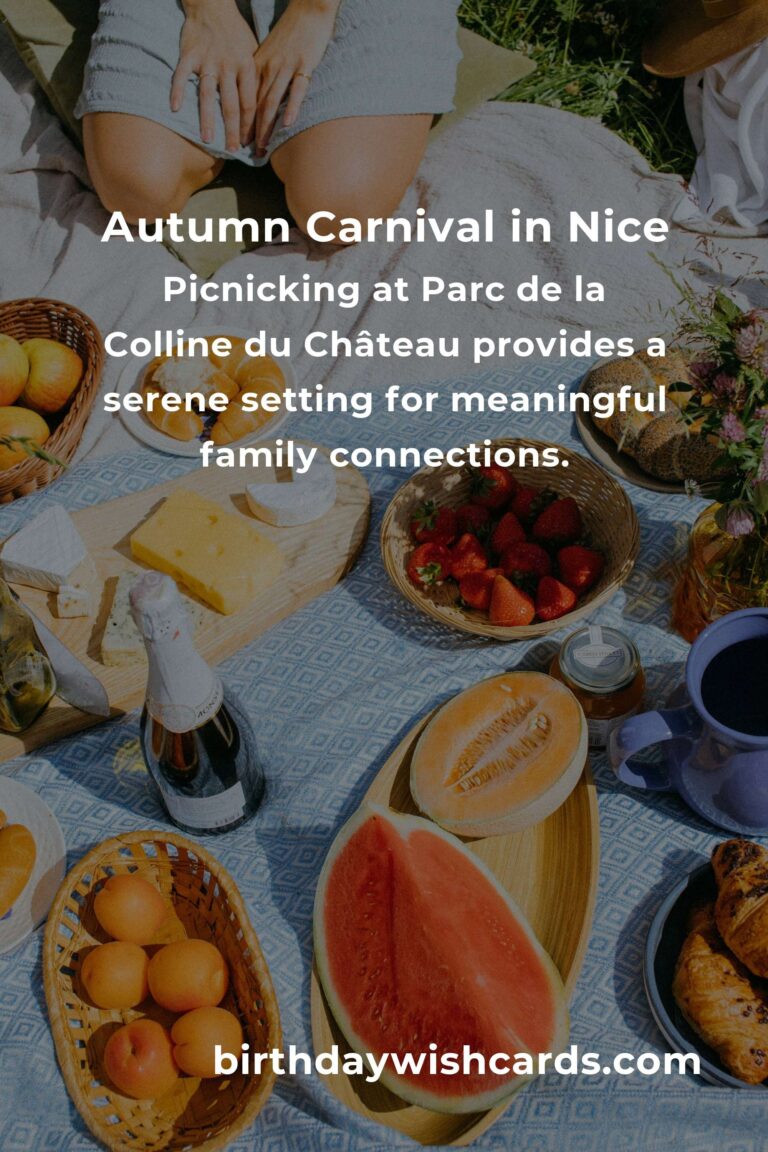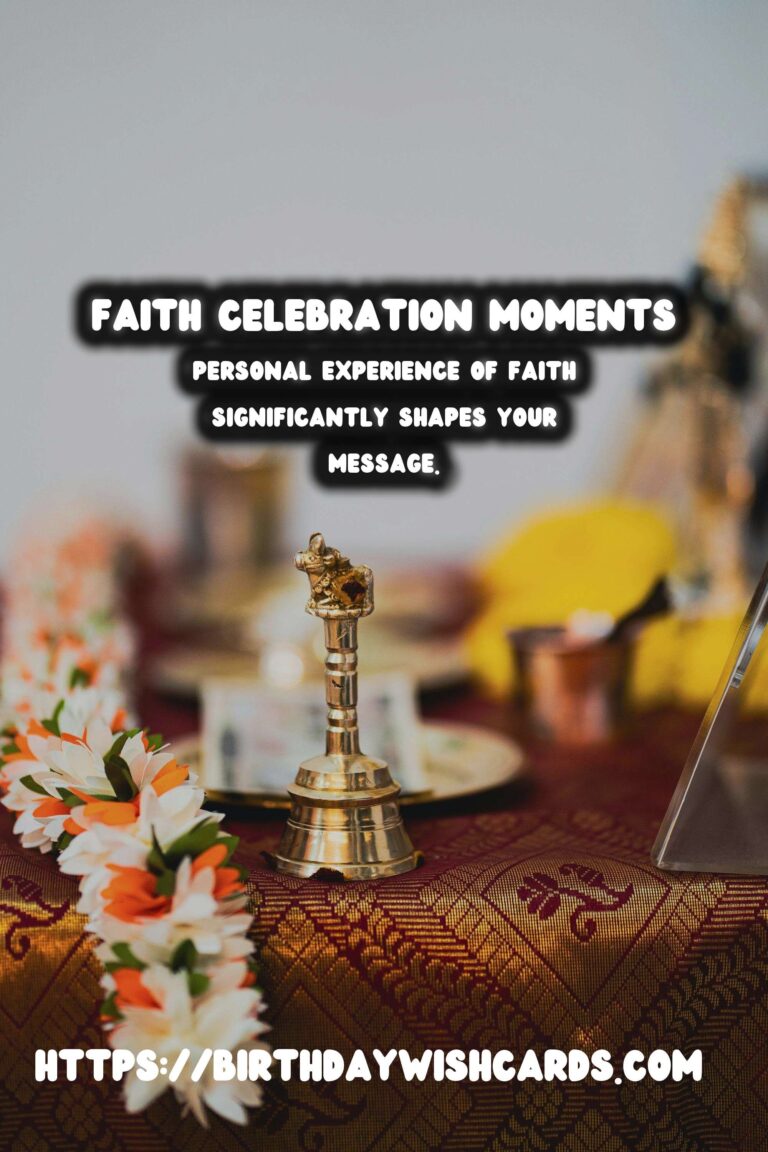
In a world where communication has become increasingly digital, crafting messages that convey genuine faith celebrations can feel like a daunting task. Whether it’s for a wedding, baptism, or any religious holiday, authenticity is key to ensuring that your message resonates with the audience. This article will guide you on how to create heartfelt faith celebration messages that capture the spirit of the occasion.
Understanding Faith Celebration Messages
Faith celebration messages are expressions of joy, gratitude, and connection that stem from one’s spiritual beliefs. These messages can reflect the sacred significance of the event, encapsulate personal emotions, and provide comfort and inspiration to others. It is essential to understand the purpose behind your message.
Why Authenticity Matters
Authenticity plays a crucial role in crafting effective messages. Audiences today crave sincerity. When your message is heartfelt and genuine, it resonates more deeply with those who read it. This connection can uplift spirits and deepen relationships. Here, we will discuss key elements that contribute to authenticity.
Elements of an Authentic Message
1. Personal Reflection
Your personal experience of faith significantly shapes your message. Reflect on what the celebration means to you and share these sentiments openly. Whether you share a story, a lesson learned, or your journey, your personal touch adds depth to your message.
2. Use of Language
Choose language that feels natural to you. Avoid overly formal or complex phrases unless they resonate with your audience. A conversational tone often feels more authentic, making your message accessible to all.
3. Incorporating Scriptures and Quotes
If appropriate, use relevant scriptures or quotes that align with the celebration. Doing so can provide a spiritual foundation for your message. Make sure these references are meaningful to you and pertain directly to the event.
4. Expressing Gratitude
Gratitude is a powerful emotion that can elevate your message. Thank participants, family, and community members for their role in the occasion, which adds an element of togetherness.
Steps to Craft Your Message
Step 1: Identify the Occasion
Begin by clearly identifying the event. Is it a wedding, baptism, confirmation, or perhaps a holiday celebration like Easter? Knowing the event will help you focus your message accordingly.
Step 2: Consider Your Audience
Think about who will be reading or listening to your message. Consider their backgrounds, beliefs, and how they might resonate with your words.
Step 3: Write a Draft
Start writing your message. Don’t aim for perfection on the first go. Let your thoughts flow, focusing on being genuine and heartfelt.
Step 4: Edit and Refine
Once your draft is complete, take a step back and edit it. Ensure that your message conveys your feelings honestly without unnecessary fluff.
Step 5: Get Feedback
If possible, share your message with a trusted friend or family member. They can provide valuable insights and suggestions to improve clarity and authenticity.
Examples of Faith Celebration Messages
Here are some examples of messages tailored for different occasions:
Wedding
“Today, as we gather to celebrate the union of [Names], let us rejoice in the love that God has ordained. May their journey together be filled with grace, compassion, and unending joy.”
Baptism
“As we welcome [Name] into our faith community, let us cherish this sacred moment of new beginnings. May [he/she] know the love and light of God always.”
Religious Holidays
“This Easter, let us embrace the power of resurrection and renewal. May we find hope and love in our hearts and spread it to those around us.”
Additional Tips for Crafting Impactful Faith Messages
Keep It Short and Sweet
Long messages may lose the audience’s attention. Aim for clarity and conciseness while maintaining depth.
Utilize Visuals
If you’re sharing your message online or in a digital format, consider incorporating visuals. Images, videos, or infographics can enhance the emotional impact of your message.
Call to Action
Encourage your readers or listeners to participate in the celebration or take specific actions that align with the themes of your message.
Conclusion
Crafting faith celebration messages that resonate authentically is both an art and a heart-driven process. By understanding your audience, focusing on personal reflections, and utilizing the right language, you can create messages that uplift, inspire, and connect deeply.
Remember, authenticity is not just about the words used; it’s about the emotions behind those words. Let your faith shine through as you craft your celebration messages, making every occasion a heartfelt experience.
In a world where communication has become increasingly digital, crafting messages that convey genuine faith celebrations can feel like a daunting task. Personal experience of faith significantly shapes your message. 
